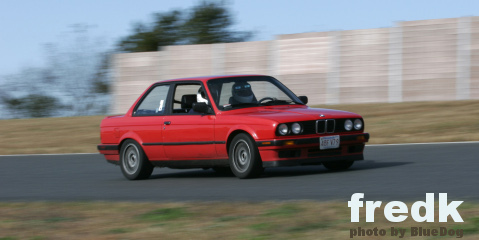Having a problem with rear brake bias. Cant really get to late hard braking without the rears locking.
Massive fronts PFC11
Stock rears PFC08
All the ABS hardware is there but no wheel sensors or brain.
Rear pads too aggressive?
Install an adj proportioning valve in the rear?
Looking for pearls of wisdom
TIA
Shoe
Massive fronts PFC11
Stock rears PFC08
All the ABS hardware is there but no wheel sensors or brain.
Rear pads too aggressive?
Install an adj proportioning valve in the rear?
Looking for pearls of wisdom
TIA
Shoe





Comment